The Israeli Defense Forces (IDF) declared this weekend that Gaza has been encircled and divided into two separate parts: north and south. The majority of the fighting is in northern Gaza, where Hamas has concentrated its bases and arms. This is a significant new stage in the war, which has so far escalated gradually.
The gradual advance of the IDF ground troops had several aims. It allowed Palestinian civilians to move from northern Gaza to the safer south, close to the border with Egypt where limited humanitarian aid has been entering the strip. The majority of civilians have now moved to southern Gaza, but several hundred thousands have remain in the north. Some are worried that they won’t be safe in the south. Others have, according to some reports, been forced by Hamas to stay so that the terror group can use them as human shields. The IDF is keeping a route open for those still in the north to move south.
The intensification of the war also reflects Israel’s concern that its allies may run out of patience
Avoiding an attack by mass ground forces earlier in the war also applied gradual pressure to Hamas in the hope that they agree to release hostages. So far, only four have been released, and another one rescued by Israeli forces. Some 240 remain in Gaza. Although negotiations are ongoing, Israel’s bigger priority is to deliver a crushing blow to Hamas.
The nature of the escalation was also aimed at preventing the war from expanding into additional fronts. A heavier use of force that would have caused more civilian casualties might have prompted Iran to direct Hezbollah, the Iran-backed Lebanon-based militant organization, and the Houthis in Yemen to escalate their attacks on Israel.
Hezbollah has been attacking Israel’s northern region since October 8, but has so far kept the attacks fairly low-key. The Houthis have fired several missiles in the direction of Israel, but they have been shot down by Israeli and American forces. The significant American deployment in the region has so far helped deter Iran from further involvement in the war. However, this may change as it continues.
Eleven days after ground forces started operating in Gaza, things are about to escalate significantly. Israel’s plan is to impose a tight siege on Hamas in the north and increase attacks against it from the ground, sea and air. Fewer civilians and tighter control of northern Gaza provide the IDF with greater ability to maneuver around the dense area.
Fighting has been intense and dangerous. Hamas terrorists are hiding in tunnels, emerging to attack and withdrawing back underground. They are organized and conduct complex and coordinated attacks against the IDF. For Israel’s forces, this means a slow and calculated advance that has so far claimed more than thirty fatalities and 300 wounded among the troops.
The intensification of the war also reflects Israel’s concern that its allies may run out of patience. Although Israel has received support from the US, UK, Germany and others, this is likely to diminish as the war continues. The scale of destruction in Gaza, the dire humanitarian conditions, the high casualty toll among Palestinians and the absence of a clear plan about the future of Gaza after Hamas, combined with pressure from domestic public opinion — which is starting to turn against Israel — mean that support for the war is temporary. Israel therefore aims to achieve as much it can in a short time frame.
In an attempt to ease the humanitarian crisis and buy time, Israel has allowed more humanitarian aid, including water, medicine and food into Gaza. It has still blocked gasoline, though, for fear it will be used for warfare. Despite American pressure, Israel is reluctant to agree to a humanitarian pause in the fighting that will stop its momentum and allow Hamas to regroup. Dividing Gaza into separate regions and creating a safer space in the south might mean that a pause is not necessary. The only pause Israel may agree to is one that allows the release of hostages in return.
The next few weeks of the war will be critical. Israel has limited time to cause Hamas as much damage as possible. Its aim is to make sure the group doesn’t pose the same level of threat to Israelis again and to prevent it from being able to control Gaza any longer. However, if Hezbollah — which is considerably more powerful than Hamas — expands its attacks, this could also distract Israeli efforts and limit achievements in Gaza.
This article was originally published on The Spectator’s UK website.



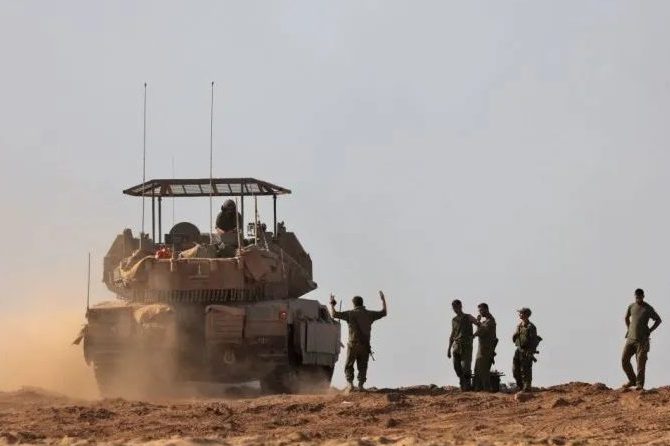







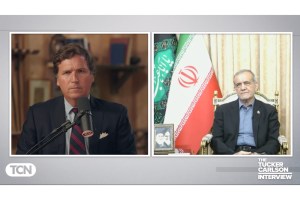
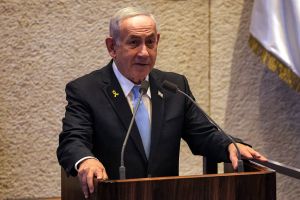

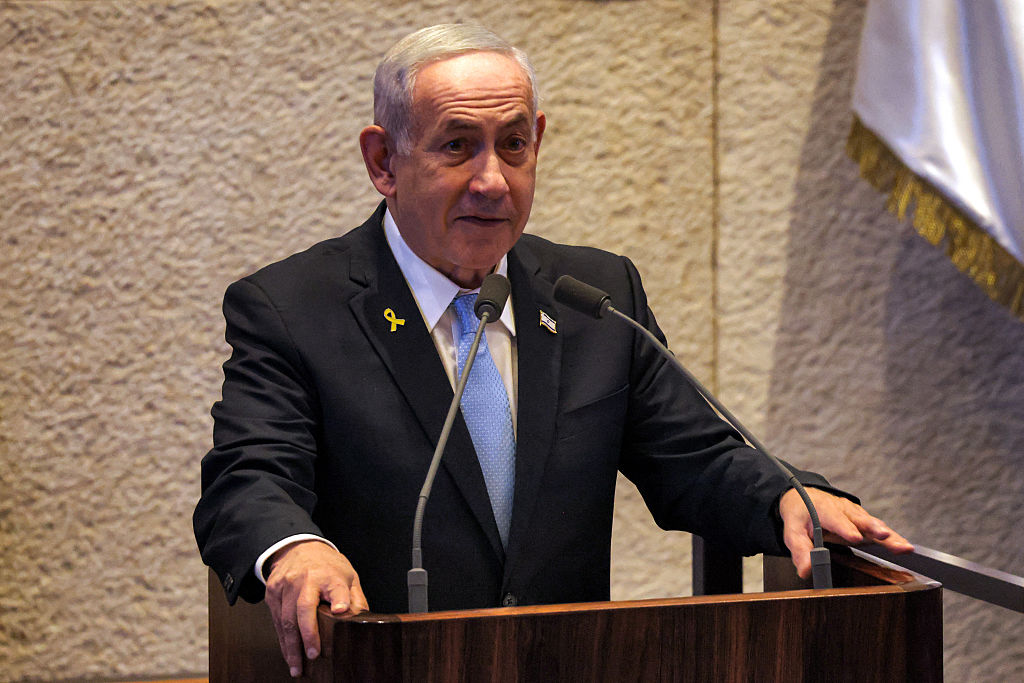
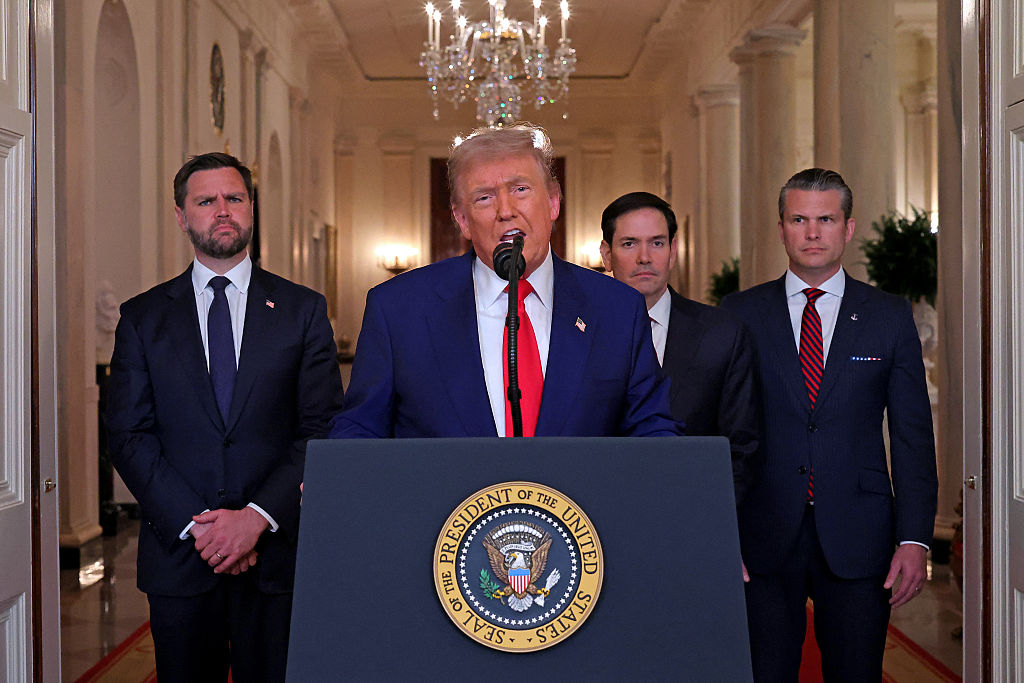
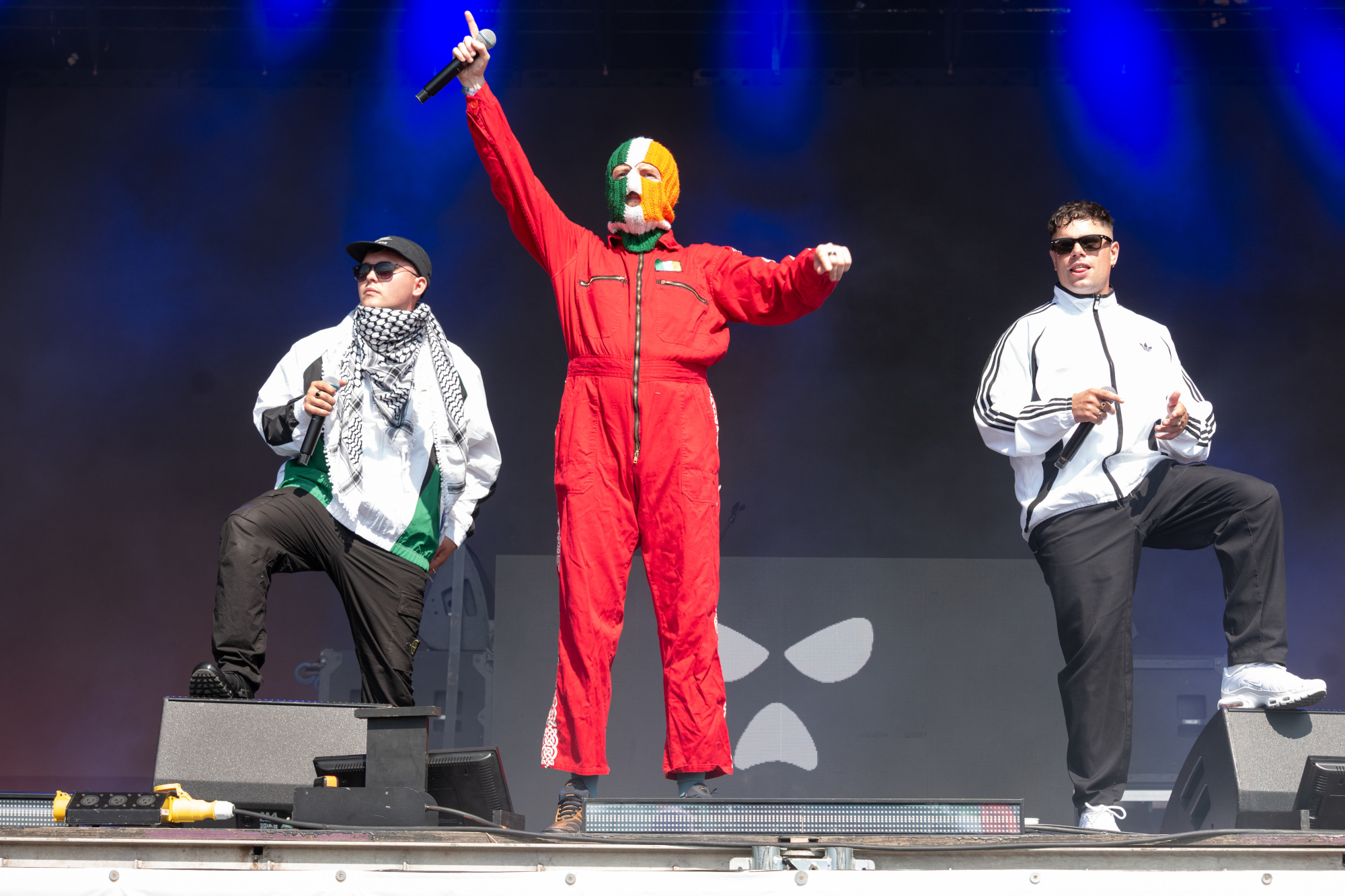
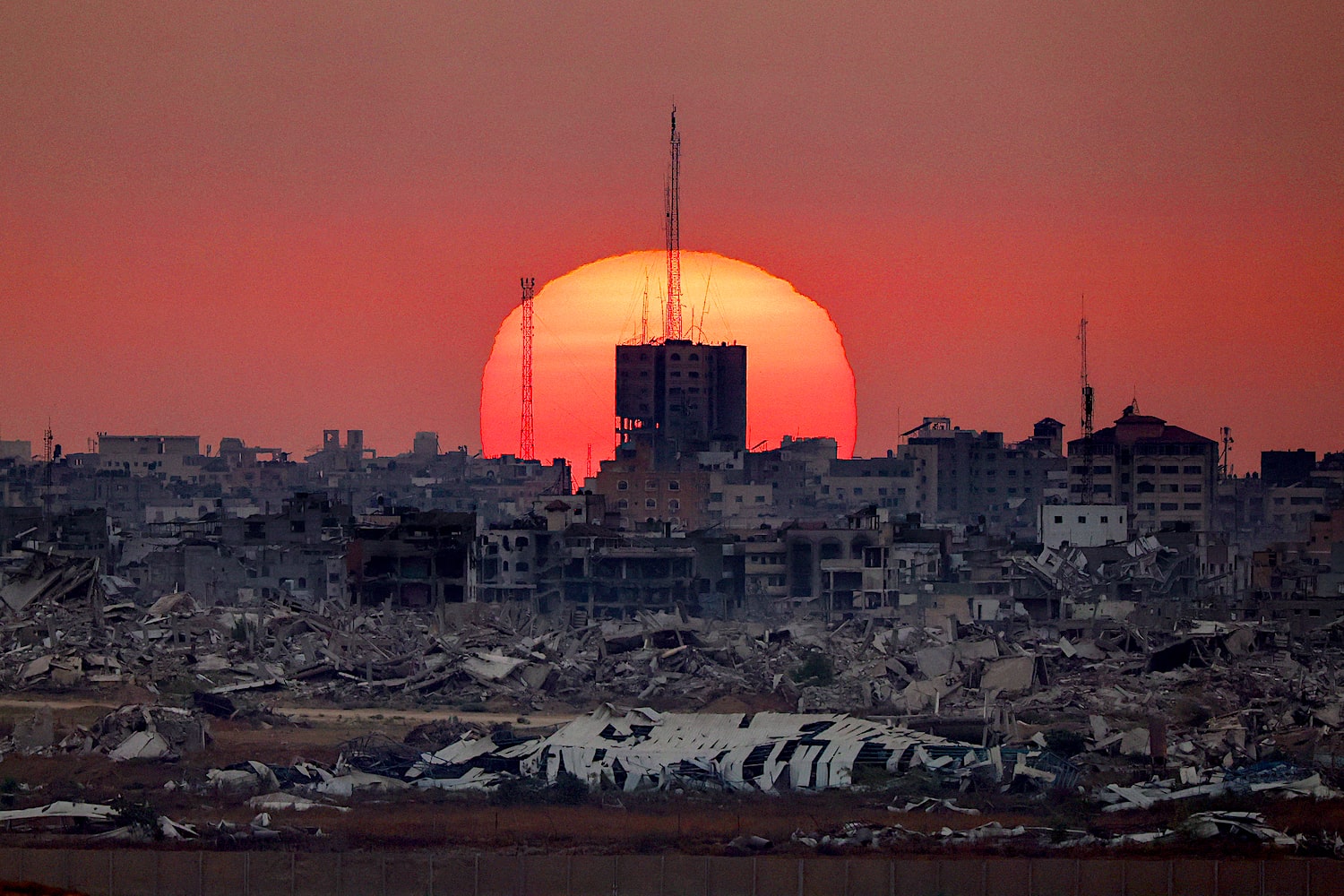
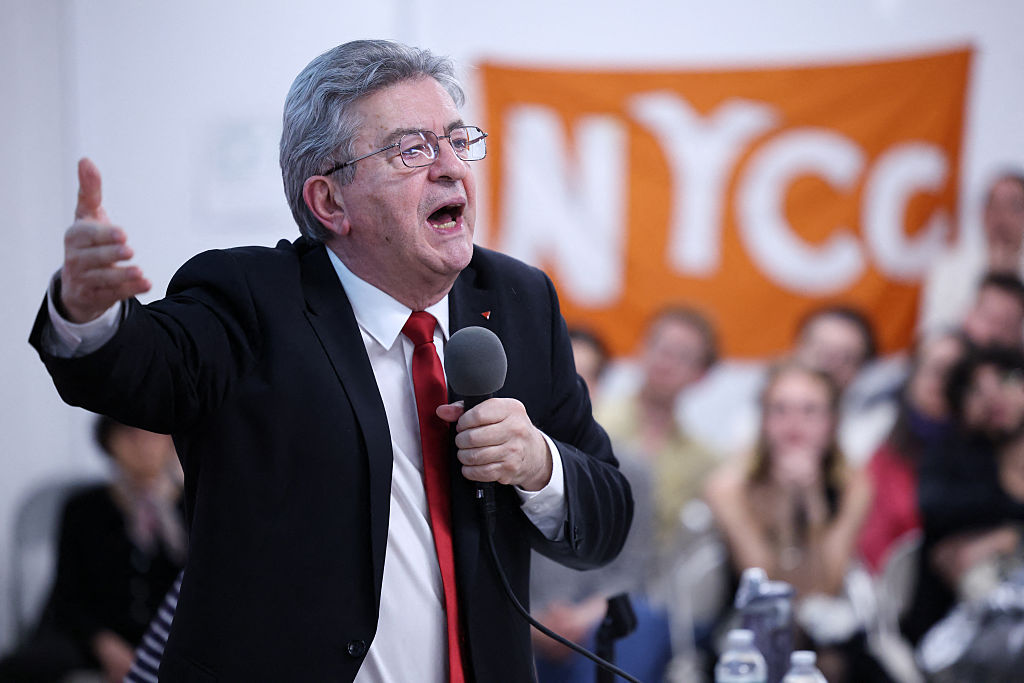







Leave a Reply